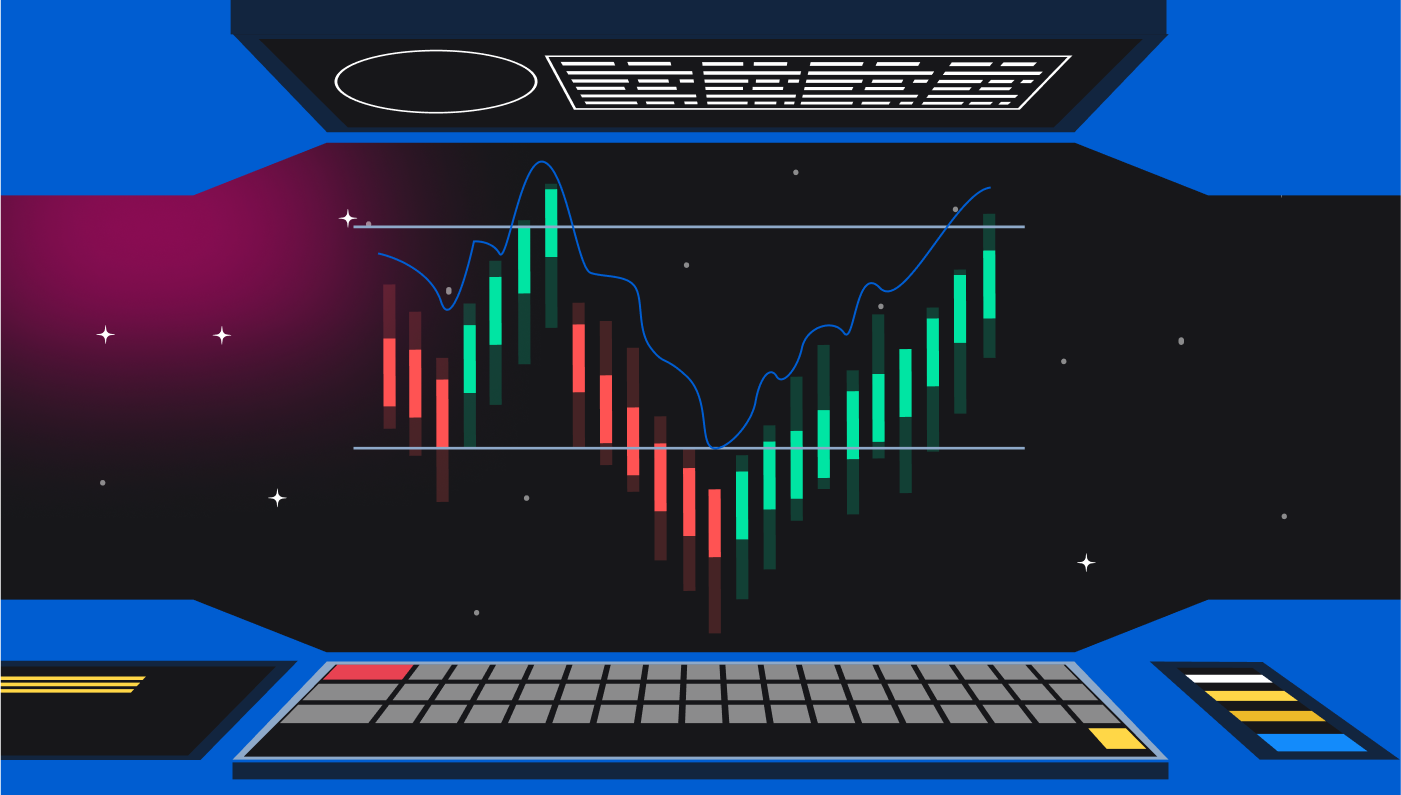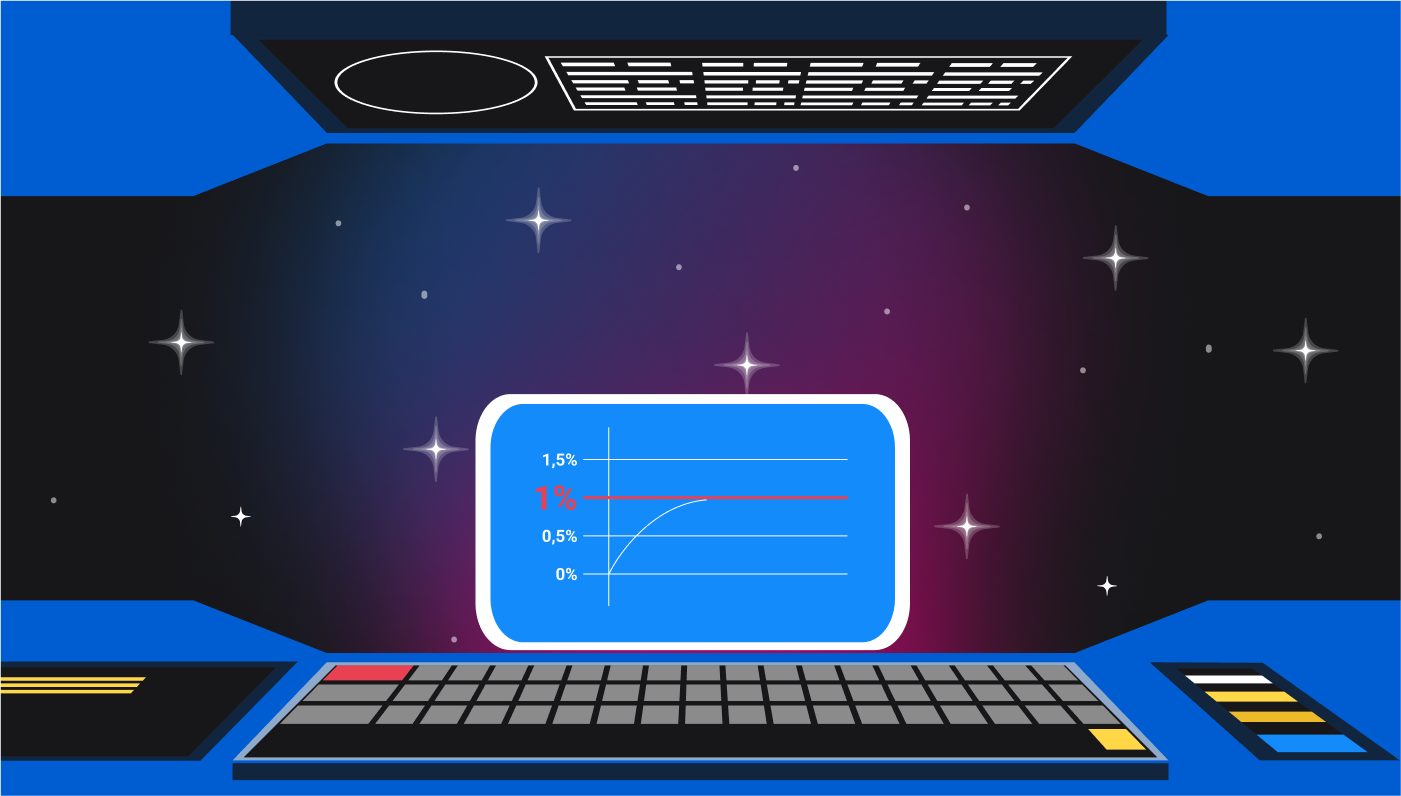

5 Top Risk Management Tips Every Trader Should Know
A smart risk management strategy is all about mitigating your losses when the market moves against you, since no strategy is iron-clad. The risk management techniques outlined below should be implemented by every active trader as a means of effectively optimizing potential profits and minimizing exposure.
1. Use Stop Loss and Take Profit Orders
A stop loss order (S/L) enables you to limit your potential losses if the market moves against your position, by choosing a price at which to trigger an automatic sell order. A take profit order, (T/P), on the other hand, enables you to lock in profits, if the market moves in your favor, by selecting a price that, if reached, will trigger an automatic sell order.
The trick is to decide on a price to trigger the order. While you don’t want to lose money you also don’t want to be inefficient and leave too much profit on the table. So, the challenge is in correctly calculating the expected return. An active trader should assess each trade individually. You can look at the high-low average over a given time frame and examine various technical and fundamental analysis tools to anticipate when to exit a trade . Or, you can simply make your decision based on what you can afford to lose.
In addition you can use put options and call options to sell and buy a specified amount of your chosen asset at a pre-set price within an agreed time frame.
Our pro tip: Use stop loss and take profit orders every single time you make trade, ensuring that the upper and lower thresholds you set, accord with the current market trends as well as your financial circumstances.

2. Set Trailing Stops
If you want to lock in profits while still allowing for potential gains, then another great risk management technique is to use a trailing stop. This is a type of order that allows you to automatically adjust your stop loss order as the price of an asset moves in your favor.
A trailing stop order works by setting a stop loss order at a certain percentage or dollar amount away from the current market price. If the asset price moves in your favor, the trailing stop will adjust the Stop Loss order to move with the price movement, maintaining the same distance from the current market price. This means that if the asset price increases, the Stop Loss order will also move up, locking in profits and limiting potential losses.
For example, let’s say you buy a stock at $50 and set a trailing stop order with a distance of $5. If the stock price rises to $55, the trailing stop order will adjust to $50 (original purchase price) + $5 (distance) = $55. If the stock price then rises to $60, the trailing stop order will adjust to $60 – $5 = $55. If the stock price starts to decline, the trailing stop order will remain at the last set level, ensuring that any losses are limited to a predetermined amount.
Our pro tip: As an active trader, you should allocate no more than 4% of your trading funds on any specific trade. This way, you can bounce back from any loss, since even if the value of the asset you are trading drops 50% you will never lose more than 2% of your portfolio.

3. Focus on Asset Allocation, Not Specific Assets
Although the specific currency, stock, bond, or commodity you pick holds importance, what matters most over the long term for every active trader is overall portfolio allocation. In other words, the challenge is to decide how much of each asset class to purchase, at any given time.
Our pro tip: Diversify so you aren’t dependent on the performance of one single asset-class and are protected from the loss of all your profits if the asset type is in a downturn. Don’t over-leverage by putting all your eggs in one basket, particularly when dealing with volatile assets like cryptocurrencies.

4. Use Position Sizing
Another critical decision you need to make when setting your risk management strategy is how much of your trading capital to allocate for each individual trade. Using careful position sizing, you can mitigate trade risk, guarantee the safety of the majority of your account capital, and hold onto profits even in a highly volatile market.
Our pro tip: When planning trades, it is advisable to use the 1% rule, which posits that you should never risk more than 1% of your account value on any single trade.

5. Manage Your Risk with AI Technology
AI-based trading systems can help mitigate risk in several ways. Firstly, AI algorithms can perform predictive analytics, analyzing vast amounts of historical market data to identify patterns and trends that are not apparent to humans. By detecting these patterns, AI can predict market movements with greater accuracy, allowing you to make better-informed decisions.
AI can also continuously monitor market conditions and adjust trading strategies in real-time. This enables you to react quickly to changes in the market and avoid losses that might occur if you were relying on manual analysis. AI-based trading systems can also analyze your portfolio and identify potential areas of risk. By identifying and rebalancing these risk areas, the system can help minimize losses and maximize returns.
Our pro tip: AI-based automated trading systems can automatically execute trades based on pre-defined rules and algorithms. This eliminates human error and emotion from the trading process, reducing the risk of making costly mistakes. They can provide you with valuable insights and tools to help you manage risk more effectively, making trading less risky and more profitable. AI can help assess the level of risk associated with a particular investment, and by analyzing historical data, it can identify the likelihood of a particular investment succeeding or failing, allowing you to make more informed decisions.

Here at AiStakes, our AI-powered algorithm, ALGOS, invests across multiple financial sectors to diversify client portfolios and reduce risk. To minimize exposure, ALGOS is constantly learning and updating its risk management protocols. It uses automated hedging, stops, and limits, as well as a massive amount of technical data to identify patterns and use them as risk predictors.
As we have seen, risk management is not about increasing your profits, but rather about minimizing losses. Over the long term this will boost your bottom line, since there will always be unsuccessful trades but with a strong risk management strategy, when the market moves against you, less of your capital will be lost.
To learn more about various trading strategy, risk mitigation, trading systems, and a range of other related topics, check out the AiStakes blog.









